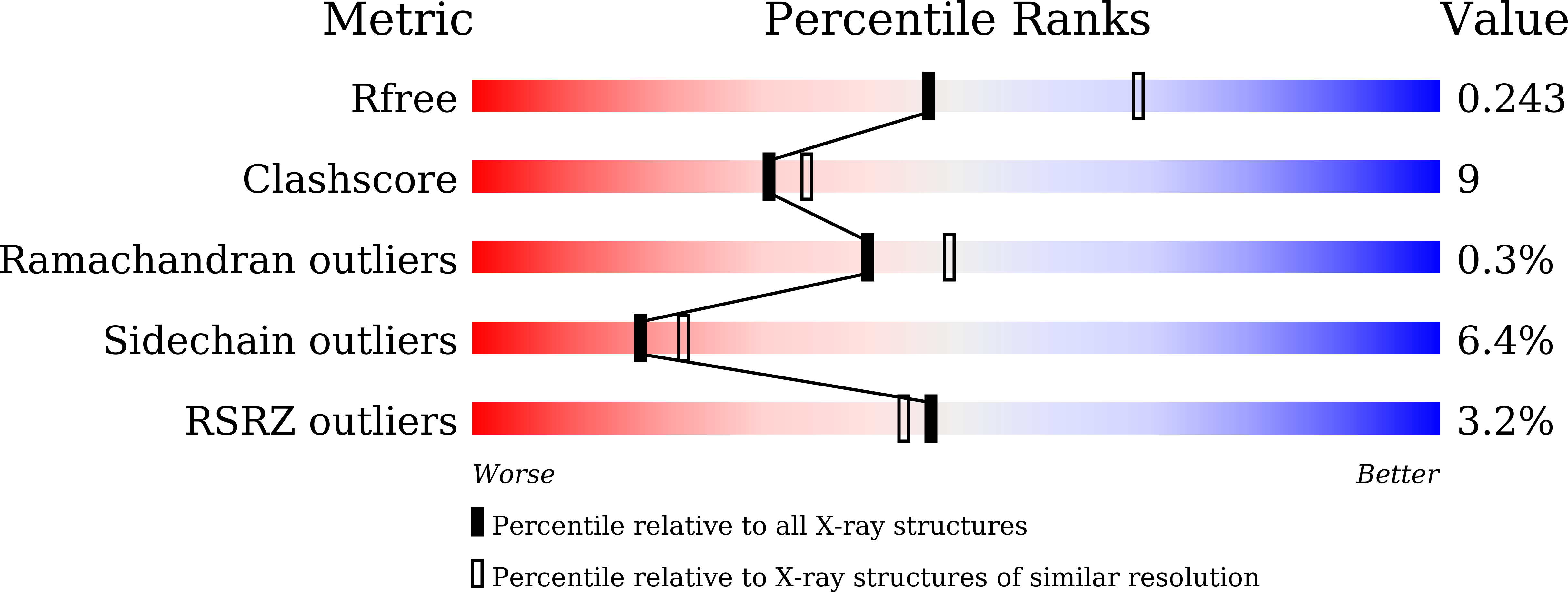
Deposition Date
2019-07-31
Release Date
2020-10-21
Last Version Date
2023-11-22
Entry Detail
PDB ID:
6KMN
Keywords:
Title:
Crystal Structure of Dye Decolorizing peroxidase from Bacillus subtilis
Biological Source:
Source Organism:
Bacillus subtilis (Taxon ID: 1423)
Host Organism:
Method Details:
Experimental Method:
Resolution:
2.44 Å
R-Value Free:
0.24
R-Value Work:
0.17
R-Value Observed:
0.17
Space Group:
P 1


